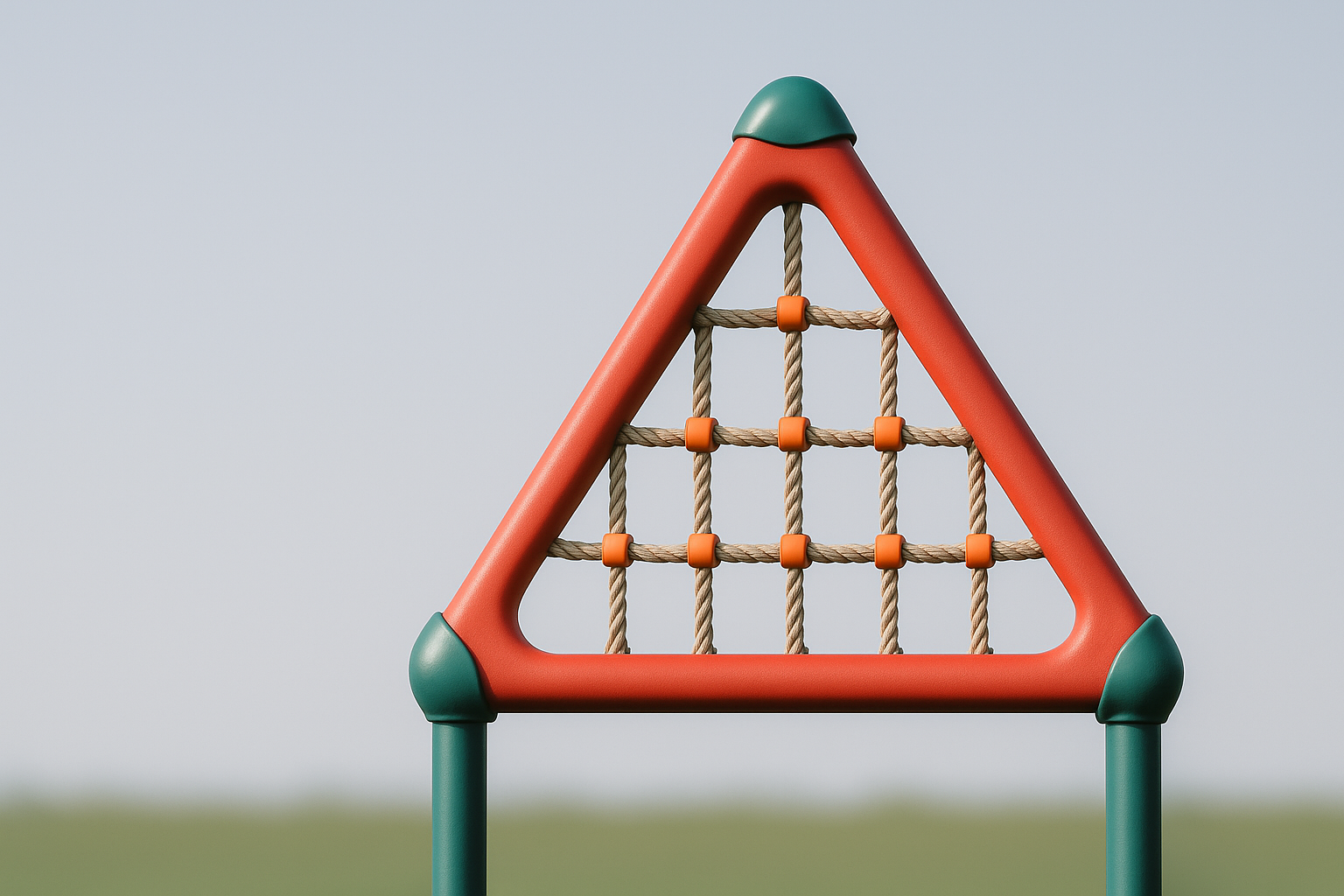Transforming your backyard into an engaging play area can enhance your children’s development. With the right planning, you can create a safe environment that encourages active play. This guide explores essential considerations for building an outdoor play space.
Outdoor play is important for children’s physical and mental growth. It provides a break from screens and allows kids to engage in physical activities that build strength and coordination. Creating a backyard playground is a great way to provide a safe environment for this kind of active play. By incorporating elements such as swings, slides, and childrens climbing frames, you can transform your garden into an adventure land. It is vital to consider factors such as space, age-appropriate equipment, and safety when planning this transformation.
Assessing space and choosing suitable equipment
Before purchasing any play equipment, assess the available space in your backyard. Consider how much room you have for different types of activities and ensure there is enough clearance around each piece of equipment to prevent accidents. This initial assessment will help you determine which pieces of equipment will fit comfortably and safely in your designated play area. Additionally, take into account the number of children who will be using the space simultaneously.
Once you’ve assessed the space, think about the age group of your children. Choosing age-appropriate equipment is essential for ensuring both safety and engagement. Younger children benefit from simple structures like low slides and small climbing frames, while older children may enjoy more complex structures that challenge their growing physical abilities. As children develop at different rates, providing a variety of options will cater to their evolving needs.
Consider future-proofing your play space by selecting equipment that can be adjusted or expanded as your children grow. Many manufacturers offer modular systems that allow you to add new elements over time, keeping the playground relevant as your kids develop new skills and interests.
Selecting durable materials with safety features
When selecting play equipment, durability and safety are paramount considerations. Choose materials that withstand various weather conditions without deteriorating quickly. Metals treated to resist rust and high-quality plastics that do not become brittle in cold weather are excellent choices for outdoor use. The longevity of these materials ensures your investment remains safe and enjoyable over time.
Safety features are another critical aspect when choosing equipment. Look for products with rounded edges, non-slip surfaces, and secure fastenings to minimise injury risks during play. Check if the items meet or exceed local safety standards; this compliance is usually an indicator of reliable quality and safe design.
While many parents focus on swings and slides, don’t overlook the benefits of climbing frames within your play area. These structures encourage physical activity by challenging kids’ balance and coordination while fostering imaginative play.
Ensuring proper installation and regular maintenance
The installation process plays a crucial role in ensuring the safety and stability of your playground equipment. It is advisable to follow manufacturers’ instructions carefully or hire professionals to install complex structures correctly. A solid foundation prevents tipping or shifting during use, which can lead to accidents or injuries.
Once installed, regular maintenance is essential to keep the playground safe over time. Inspect the equipment periodically for signs of wear or damage, such as rusting metal parts or loose screws that could pose hazards during play sessions. Promptly addressing any issues extends the life of your investment while maintaining a safe environment.
Regular cleaning also contributes to safety by removing debris that might cause slips or falls. A well-maintained playground not only looks inviting but also ensures continuous fun without compromising safety standards.
Integrating natural elements for balanced play
Incorporating natural elements like sandpits or water features adds an exciting dimension to your backyard playground. These features stimulate sensory experiences that manufactured structures alone cannot provide, fostering creativity and exploration among children as they interact with nature.
A sandpit offers endless possibilities for imaginative play, allowing children to build castles or dig tunnels, enhancing their fine motor skills in the process. Water features can introduce lessons about nature’s dynamics while providing refreshing fun during warmer months.
Combining structured play equipment with natural elements creates a well-rounded environment where children can explore diverse activities. This approach supports various aspects of development by encouraging active engagement with both man-made structures and natural surroundings.


